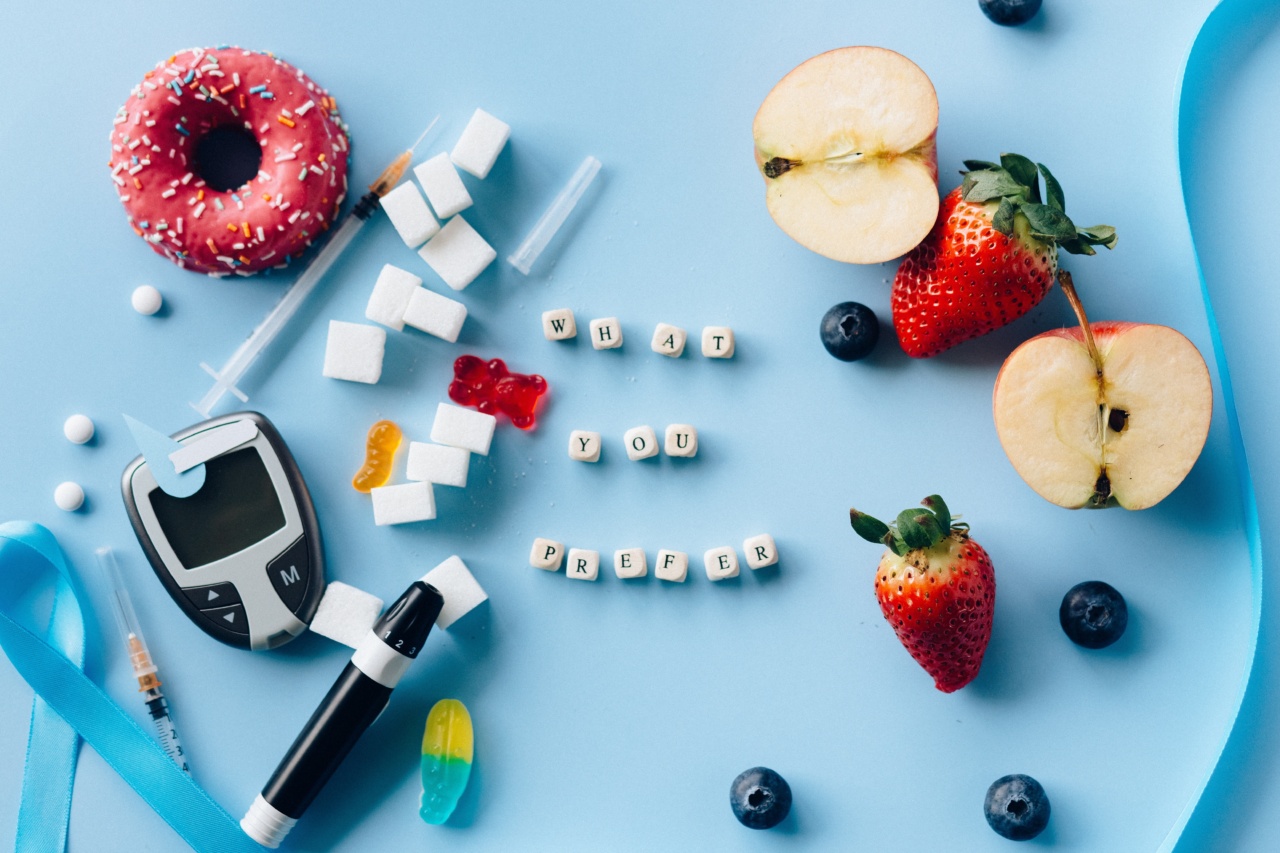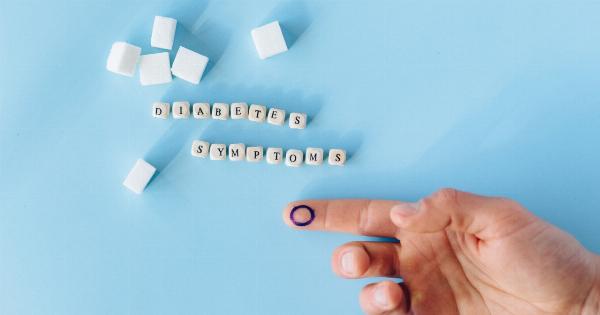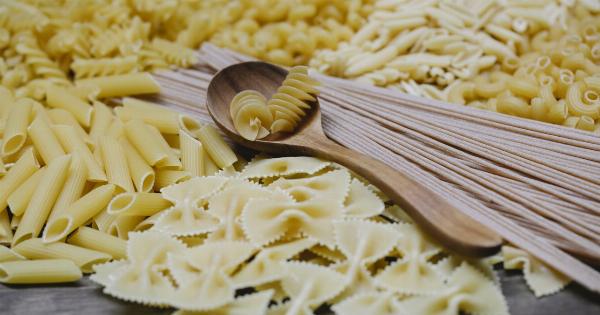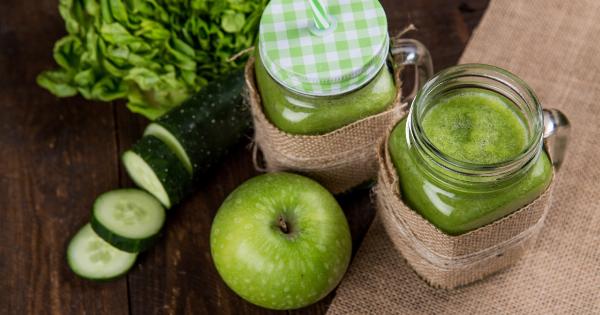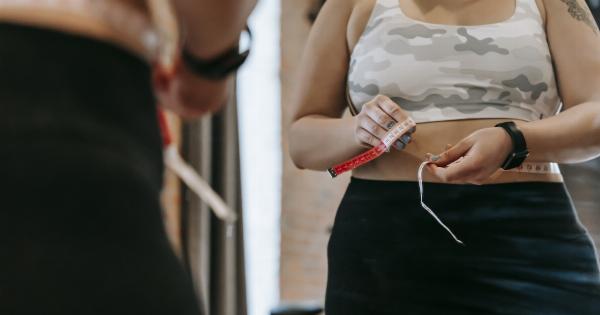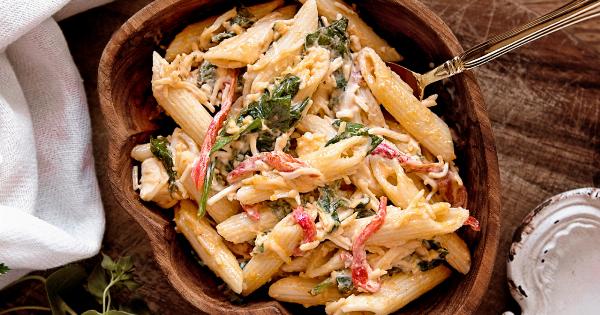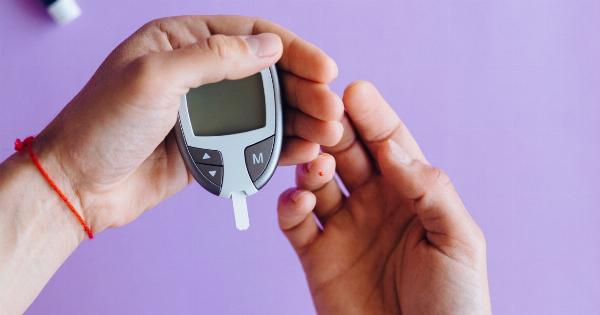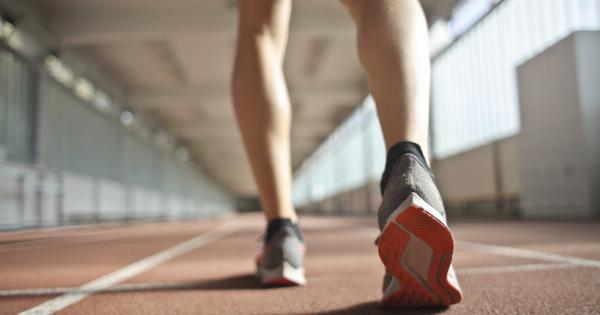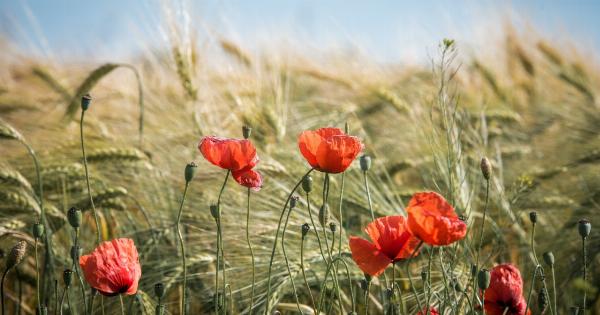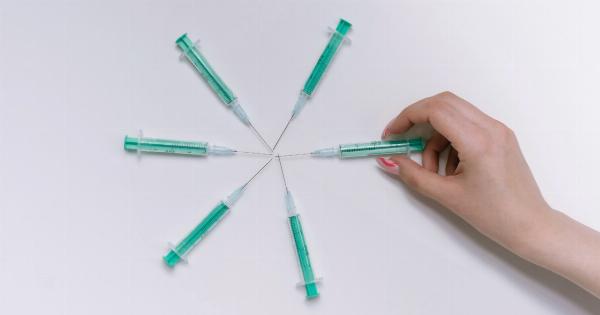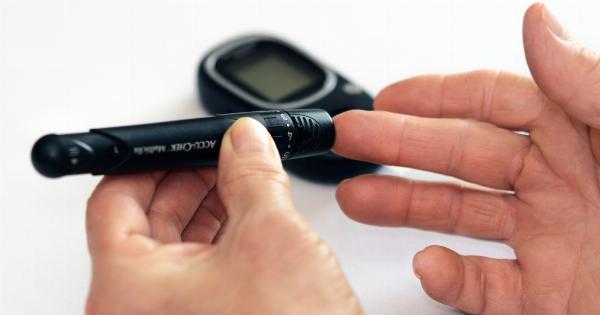Fruits are an essential component of a healthy diet due to their high levels of nutrients and fiber. However, certain fruits can cause an increase in blood sugar or glucose levels when consumed in excess.
This can be problematic for individuals with diabetes or those at risk of developing the condition.
In this article, we explore which fruits raise glucose and insulin levels the most, helping individuals make informed decisions about their fruit consumption to maintain healthy blood sugar levels.
1. Mango
Mango is a popular tropical fruit with a high sugar content, making it one of the fruits that can raise glucose levels the most.
According to the American Diabetes Association, one medium-sized mango contains about 50 grams of carbohydrates, with 14 grams of sugar.
While mango is a good source of vitamins, antioxidants, and fiber, it should be consumed in moderation by individuals concerned with their blood sugar levels.
Combining mango with a source of protein and fiber, such as nuts or yogurt, can help slow down its absorption and minimize its impact on blood sugar levels.
2. Pineapple
Pineapple is another fruit with high levels of natural sugars that can lead to a spike in blood sugar. A single cup of pineapple chunks contains roughly 22 grams of sugar and 131 calories.
Despite its high sugar content, pineapple is a good source of vitamin C, manganese, and bromelain, an enzyme that can aid in digestion.
To reduce its impact on blood sugar levels, individuals can pair pineapple with a protein source, such as chicken or tofu, to balance out its carbohydrate content.
3. Watermelon
Watermelon is a refreshing fruit and a staple of summer. However, its high glycemic index means that it can cause blood sugar levels to rise rapidly. A single cup of watermelon contains approximately 12-13 grams of sugar.
To prevent a rapid rise in blood sugar, individuals can consume smaller portions of watermelon and pair it with protein-rich foods such as cheese or nuts.
This allows for a slower absorption of the sugar in watermelon and helps maintain healthy blood sugar levels.
4. Grapes
Grapes are another fruit with a high sugar content and a high glycemic index. A single cup of grapes contains around 23 grams of sugar and 104 calories.
In addition, grapes also contain a high amount of fructose, a type of sugar that can be particularly problematic for individuals with diabetes.
It is important to consume grapes in moderation and pair them with foods that have a low glycemic index, such as vegetables and lean proteins. This helps prevent the rapid increase in blood sugar levels.
5. Bananas
Bananas are a common fruit and a good source of nutrients, such as potassium and vitamin C. However, they also contain high levels of natural sugars, particularly when they are ripe.
A medium-sized banana can contain up to 27 grams of carbohydrates and 14 grams of sugar. To minimize the impact of bananas on blood sugar levels, individuals can eat them in conjunction with proteins or healthy fats, such as almond butter or avocado.
6. Dried Fruit
Dried fruits such as raisins, dates, and prunes are concentrated sources of sugar. Due to the removal of water during the drying process, they have a higher sugar content than their fresh counterparts.
A half-cup serving of raisins contains around 49 grams of carbohydrates and 43 grams of sugar.
While dried fruits are a convenient snack option, individuals with diabetes should consume them in small portions and pair them with protein-rich foods to prevent spikes in blood sugar levels.
7. Figs
Figs are a sweet and chewy fruit that are packed with fiber, vitamins, and minerals. However, they also have a high natural sugar content, making them less than ideal for individuals concerned with their blood sugar levels.
A single fresh fig contains roughly 10 grams of sugar, while a dried fig can contain up to 14 grams. Pairing fresh figs with a source of protein, such as Greek yogurt or nuts, can help minimize their impact on blood sugar.
8. Cherries
Cherries are a popular summer fruit that contains a significant amount of naturally occurring sugars. A single cup of sweet cherries contains around 18-20 grams of sugar and 100 calories.
To minimize the impact of cherries on blood sugar levels, individuals can consume them in smaller portions and pair them with sources of protein and healthy fats. This can include nuts, cheese, or avocado.
9. Mangoes & Pineapples: A Closer Look at Glycemic Index
While mangoes and pineapples were previously mentioned as fruits that raise glucose and insulin levels the most, understanding their glycemic index can provide more insight into their impact on blood sugar levels.
The glycemic index measures the extent to which a food raises blood sugar levels after consumption.
Foods with a high glycemic index, such as white bread and sugary drinks, cause blood sugar levels to rise more rapidly than foods with low glycemic index values, such as whole grains and leafy greens.
Despite their high sugar content, mangoes and pineapple have relatively low glycemic index values. Mangoes typically have a glycemic index of 51, while pineapple has a glycemic index of 66.
The presence of fiber and other nutrients in these fruits slows down the absorption of sugar in the bloodstream, lessening their impact on blood sugar levels.
However, it is important to note that individuals with diabetes should still consume these fruits in moderation and pair them with sources of protein and healthy fats to help balance blood sugar levels.
10. Conclusion
While fruits are a nutritious component of a healthy diet, individuals concerned with blood sugar levels need to be mindful of which fruits they consume, in what quantities, and with what other foods.
Certain fruits have a higher sugar content and glycemic index value than others and can cause a rapid increase in blood sugar levels.
By consuming fruits in moderation and pairing them with proteins and healthy fats, individuals can minimize their impact on blood sugar levels and maintain a healthy and balanced diet.
